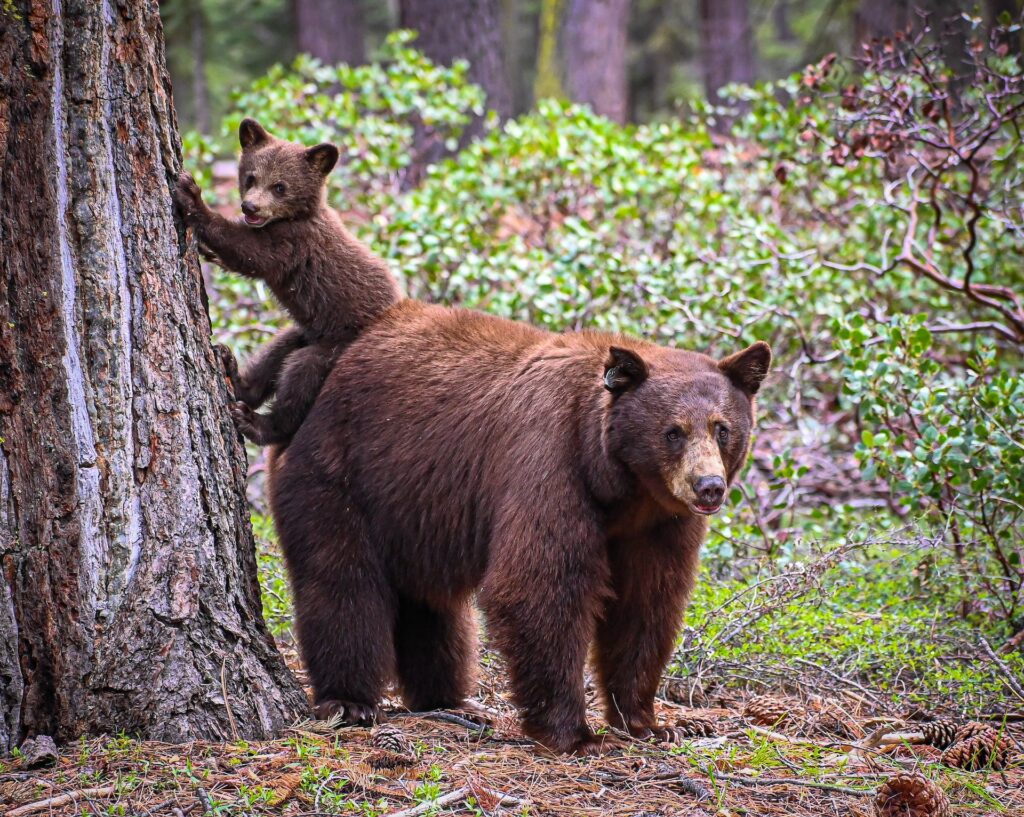Nestled across the California/Nevada Sierra mountain border, Lake Tahoe is known for its stunning natural beauty, clear blue waters, and picturesque mountain scenery. During the summer, visitors enjoy activities like boating, cycling, kayaking, swimming, and hiking. During winter, the region is a popular destination for skiing and snowboarding, boasting several world-renowned ski resorts and a variety of winter activities. Tahoe’s combination of scenic beauty and ease of access from several local population centers keeps millions of people visiting Lake Tahoe each year. While that volume of tourism boosts the local economy, it also represents a serious sustainability risk to the lake’s ecosystem and long-term health.
The need to preserve Lake Tahoe’s bucolic landscape for future generations is paramount for President/CEO Andy Chapman, whose tourism company, Travel North Tahoe Nevada, is responsible for attracting many of those annual travelers. Chapman believes that efforts to balance tourism, development, and environmental conservation are critical to the lake’s long-term sustainability and, by association, the sustainability of his business.
“Sustainability is a key focus and foundational subject in all of Travel North Tahoe Nevada’s efforts,” Chapman says. “Part of our responsibility is to educate visitors on how to take care of this special place.”
Originally from Reno, Andy Chapman has lived and worked in the Lake Tahoe tourism industry for more than 25 years, all the while he’s been actively involved in the region’s stewardship and visitor management initiatives. His passion for the sustainability of the lake is driven by his love for the place itself. In his free time, you’re likely to find him either above or below the lake’s immaculate surface or traversing its endless mountain trails and slopes. As a lifelong advocate for the area, Chapman offers visitors and locals some tips to help ensure a sustainable Tahoe for tomorrow.
What You Can Do To Protect Lake Tahoe Wildlife
“Leave your plastic bottle at home,” he pleads.
The high number of visitors who come to enjoy activities at Lake Tahoe can lead to increased litter and waste generation, including plastic bottles, food wrappers, cigarette butts, and other items left behind by visitors. Chapman recommends, instead, to bring a reusable bottle and “fill it with Tahoe tap when you come up.”
Litter not only detracts from the natural beauty of the area, but also harms Lake Tahoe’s wildlife, who might ingest or become entangled in litter. Some species, like the American black bear, are opportunistic feeders with a keen sense of smell that allows them to detect and locate potential food sources – including human-generated waste – from great distances. Litter and improperly stored garbage can entice bears to venture into populated areas, leading to increased risk for humans and bears.
“Put your trash in those bear containers,” he recommends, “look for them throughout Tahoe and help keep Tahoe safe for everyone.”
To minimize the potential for bear-human conflicts in the region, it’s important for residents and visitors to practice responsible behavior, such as securing garbage, not feeding bears, and maintaining a safe distance from any bears encountered. Many Tahoe communities use bear-resistant trash cans and dumpsters to prevent bears from accessing waste. Residents, businesses, and visitors should securely store their garbage and food waste in bear-resistant containers or storage areas to prevent bears from accessing potential food sources.
By reducing the availability of human-generated food sources and implementing responsible waste management practices, you can help minimize conflicts between bears and humans, promote safety, and protect the natural behaviors of these majestic animals.
More about WM
WM is a company committed to ensuring a sustainable tomorrow. Efforts to address sustainability issues are essential to preserving the natural beauty and ecological health of Lake Tahoe. Proper waste collection and disposal prevents litter and pollution from impacting the natural beauty and water quality of the lake. Ensuring that waste is properly separated, efficiently collected, and transported to modern and continuously upgraded disposal facilities, helps support a healthy environment.
Preserving Lake Tahoe requires the cooperation of residents, visitors, local authorities, and sustainability organizations like WM to ensure that the lake remains a clean and beautiful retreat for tomorrow.




